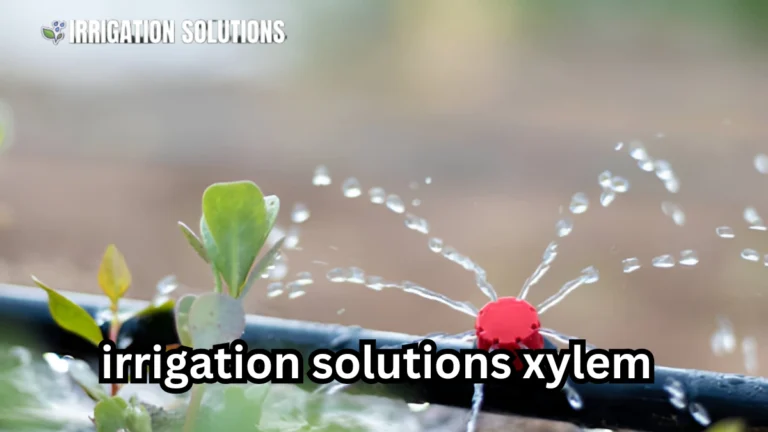How to Make Nasal Irrigation Homemade Solutions at Home

Nasal irrigation homemade solutions, also known as a sinus rinse, has gained popularity as an effective way to clear nasal passages, reduce congestion, and improve breathing. This article explores homemade solutions for nasal irrigation, offering in depth guidance on how to safely and effectively create and use them. Whether you’re dealing with allergies, sinus infections, or just seasonal discomfort, this guide provides everything you need to know.
What is Nasal Irrigation?
Nasal irrigation is a process where a saline solution is gently flushed through the nasal passages to clear mucus, allergens, and irritants. Traditionally practiced in Ayurvedic medicine as “Jala Neti,” it has become a go-to solution for people seeking natural relief from sinus issues.
Benefits of Nasal Irrigation
- Relieves Nasal Congestion: Clears mucus buildup and opens airways.
- Reduces Allergic Reactions: Removes pollen, dust, and other allergens.
- Improves Breathing: Promotes better airflow by clearing blockages.
- Prevents Sinus Infections: Reduces bacteria and pathogens in the nasal passages.
- Hydrates Nasal Tissues: Helps soothe dryness caused by weather or indoor heating.
Why Use Homemade Nasal Irrigation Solutions?
Homemade solutions offer several advantages:
- Cost Effective: You can make them using common household items.
- Customizable: Adjust the ingredients to suit your needs.
- Chemical-Free: Avoid preservatives or additives found in store bought options.
DIY Nasal Irrigation Solutions
Below are simple recipes for creating your own nasal irrigation solutions at home.
Basic Saline Solution
This is the most commonly used solution for nasal irrigation.
Ingredients:
- 1 cup (240 ml) of distilled or boiled water (cooled to room temperature).
- 1/2 teaspoon of non-iodized salt (e.g., sea salt or kosher salt).
- 1/4 teaspoon of baking soda (optional, for pH balance).
Instructions:
- Mix the salt and baking soda into the water until fully dissolved.
- Store the solution in a clean, airtight container for up to 24 hours.
Tip: Always use sterile or distilled water to avoid introducing harmful microorganisms.
Herbal Nasal Rinse
For added soothing and antimicrobial benefits, you can incorporate herbs.
Ingredients:
- 1 cup distilled water.
- 1/2 teaspoon salt.
- 1 teaspoon chamomile or calendula tea (brewed and strained).
Instructions:
- Brew the herbal tea and allow it to cool to room temperature.
- Mix the salt into the tea until dissolved.
- Use immediately or refrigerate for up to 24 hours.
Apple Cider Vinegar Solution
This variation helps dissolve mucus and reduce inflammation.
Ingredients:
- 1 cup distilled water.
- 1/2 teaspoon salt.
- 1/2 teaspoon apple cider vinegar.
Instructions:
- Combine all ingredients in a sterile container.
- Use as needed, ensuring the solution is at a comfortable temperature.
Caution: Use this solution sparingly and consult a healthcare provider if irritation occurs.
Tools for Nasal Irrigation
Several tools are available to make the process easier and more effective:
| Tool | Description | Example Brands |
| Neti Pot | A small teapot-like device for gravity irrigation. | NeilMed, Himalayan Chandra |
| Squeeze Bottle | Provides gentle pressure for controlled flow. | SinuPulse, Navage |
| Bulb Syringe | Ideal for beginners; easy to use and clean. | No specific brand needed |
Pro Tip: Always sterilize your irrigation tools after each use to prevent contamination.
Step by Step Guide to Nasal Irrigation
Follow these steps for safe and effective nasal irrigation:
- Prepare the Solution: Use one of the DIY recipes above. Ensure the solution is lukewarm.
- Position Yourself: Lean over a sink with your head tilted slightly.
- Irrigate One Nostril: Gently pour or squeeze the solution into one nostril while breathing through your mouth.
- Let It Drain: Allow the solution to flow out of the opposite nostril.
- Repeat on the Other Side: Switch nostrils and repeat the process.
- Clean Up: Gently blow your nose to remove any remaining liquid.
When to Avoid Nasal Irrigation
While nasal irrigation is safe for most people, there are a few situations where you should avoid it:
- Active Infections: If you have an ear or severe sinus infection, consult a doctor first.
- Blocked Nasal Passages: Severe swelling may prevent the solution from flowing properly.
- Compromised Immune System: Use caution and seek medical advice.
Real Life Success Stories
Case Study: Seasonal Allergy Relief
Sarah, a 35 year old teacher, suffered from chronic seasonal allergies. After incorporating nasal irrigation with a basic saline solution into her daily routine, she noticed fewer allergy flare-ups and improved sleep quality.
Case Study: Post Sinus Surgery Recovery
Tom, a 45-year-old, used a Neti Pot with a herbal rinse following sinus surgery. His ENT specialist recommended this as part of his recovery, and he reported faster healing and less discomfort.
Expert Tips for Better Results
- Consistency is Key: Use nasal irrigation regularly during allergy season or when you feel congested.
- Adjust the Recipe: If the solution stings, reduce the salt concentration slightly.
- Stay Hydrated: Proper hydration complements nasal irrigation by thinning mucus.
Frequently Asked Questions
Is nasal irrigation safe for children?
Yes, but always use a milder saline solution and consult a pediatrician first.
Can I use tap water for nasal irrigation?
It’s best to use distilled, sterile, or boiled water to avoid potential infections.
How often should I do nasal irrigation?
Most people find once daily or every other day effective, but consult your doctor for personalized advice.
Final Thoughts
Nasal irrigation is a powerful, natural way to maintain sinus health. By creating your own homemade solutions, you can save money and customize the experience to your needs. Whether you’re dealing with allergies, sinus infections, or just want to breathe easier, these remedies are a safe and effective option.
For more information on sinus health, check resources like.
“Breathe easy, live freely.”
Let me know if you’d like to add visuals or diagrams!






